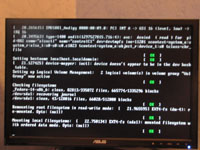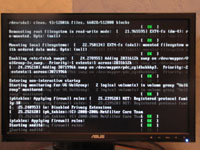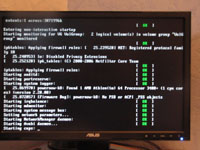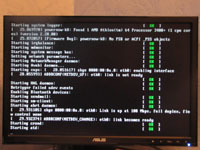Bonjour.
Pour compléter la liste, je te conseillerais Xnoise qui est simple et léger.
En tout cas, je le préfère aux gros players qui figurent dans le titre de ton topic.
Pour compléter la liste, je te conseillerais Xnoise qui est simple et léger.
En tout cas, je le préfère aux gros players qui figurent dans le titre de ton topic.


 [/center]
[/center]


